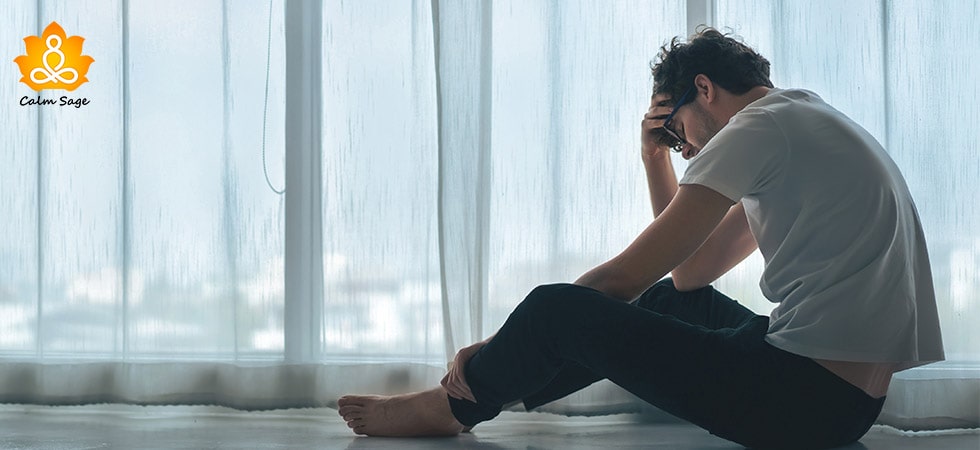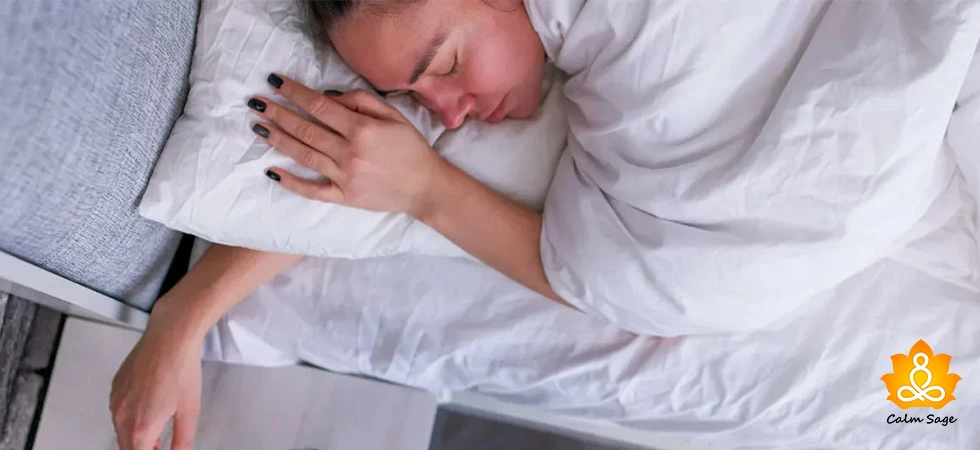PTSD in Men: Understanding the Hidden PTSD Symptoms in Men

Generally, when you think of PTSD, you think of a veteran soldier struggling with flashbacks to their time on the battlefield. While military veterans are more than just susceptible to post-traumatic stress disorder, the reality is far more subtle.
Men – regardless of their career choices or otherwise – can experience this emotionally and mentally draining condition. What’s more, is that PTSD symptoms in men can manifest differently from how they do in women.
Interesting, isn’t it? Well, today we’re taking a peek into the hidden – or more, understated – symptoms of PTSD and how they develop in men.
PTSD is a mental health condition that can develop after exposure to a traumatizing event. This traumatic event could be a physical assault, surviving a natural disaster, a near-death experience, or witnessing a horrific event second-hand.
This kind of trauma impacts your nervous system and triggers the natural stress response aka the flight-or-fight response, leaving you stuck in a forever state of fear and hypervigilance.
If I talk about the numbers studies over the years have accumulated, it can be safe to say that women are twice more likely to be diagnosed with PTSD than men.
However, it doesn’t mean that men are immune to the condition. Studies suggest that 1 in 3 men experience trauma in their lives, and at least 3% of them are highly susceptible to developing PTSD.
Now that’s scary, isn’t it? Let’s take a closer look at the hidden PTSD symptoms in men, how it impacts them, and how men can find treatment for their symptoms.
PTSD Symptoms in Men
While the diagnostic criteria for PTSD diagnosis remain the same for males and females, men often show a distinct set of symptoms. Here are some common symptoms of PTSD in men;
1. Increase in Anger and Irritability
Men are typically more than likely to face social expectations and pressure to suppress their emotions. With PTSD, this suppression of emotions can lead to a more outward breakdown and expression of emotions that often manifest as anger, aggression, and being on edge.
2. Increase in Substance Abuse
Men with PTSD are also more likely to self-medicate their symptoms, typically with alcohol or drugs as a coping mechanism to numb the emotional pain they feel from the trauma and to numb the intrusive thoughts that accompany the trauma.
3. Increase in Impulsive Behavior
More often than not, men engage in risky and impulsive behaviors and activities such as reckless driving, making impulsive decisions, and more to regain control of their lives. PTSD often causes a helpless feeling and men, to cope with that, are more likely to engage in impulsive behavior to regain the sense of control.
4. Increase in Social Isolation
Men are more likely to isolate themselves because of emotional dysregulation, fearing that they’ll be judged or will face trouble expressing their trauma to others. They might also avoid people, places, and certain situations that remind them of their traumatic experiences. This can either be a conscious or unconscious behavior.
5. Increase in Sleep Issues
Nightmares or flashbacks can disrupt sleep patterns, causing fatigue and difficulty concentrating. Men can re-experience their emotions and experience in their minds and bodies as though they are reliving the same. This can cause night terrors and nightmares, disrupting sleep patterns.
6. Increase in Startle Response
Men with PTSD might be easily startled by sudden noises or movements, a manifestation of sorts of the body’s heightened sensitivity and alertness. Some men living with PTSD might also experience emotional numbness as well and a sense of disconnect.
What Causes PTSD in Men?
While the cause of PTSD is almost always exposure to trauma, several factors can influence PTSD signs and symptoms;
1. Social Stigma: Social expectations typically discourage men from openly expressing their emotions, leading to bottling up emotional distress.
2. Trouble Seeking Help: Seeking help for mental health concerns is often taken as a sign of weakness, further hindering early intervention.
3. Types of Trauma: Men are more than likely to experience specific types of trauma, like combat, physical assault, or witnessing violence, which can be particularly impactful.
If PTSD is left untreated, it can influence various aspects of a man’s life such as relationships, career choices, physical health, and mental health issues like depression, anxiety, and substance abuse disorders.
More than 80% of men living with PTSD experience one or more co-occurring mental health issues. Men with PTSD might experience;
- Substance abuse
- Major depressive disorder
- Mood disorder
- Specific phobias
- Obsessive-compulsive disorder
- Suicidal thoughts
- Chronic pain and aches
- Neurological conditions, and more.
How is PTSD Treated?
The best news is that PTSD can be treated. Here are some treatment options for PTSD;
1. Cognitive-behavioral therapy (CBT)
This therapy approach helps people identify and change negative thought patterns and coping mechanisms that are often associated with trauma.
2. Exposure Therapy
This therapy approach is wherein, under the guidance of a therapist, you’re exposed to the reminders of the trauma in a safe and controlled environment, allowing you to process the experience and reduce fear.
3. Eye Movement Desensitization and Reprocessing (EMDR)
EMDR uses specific eye movements while recalling the traumatic event, believed to help reprocess the memory and reduce its emotional impact.
4. Medications
Some psychologists might even prescribe antidepressants and antianxiety medications that can help manage and cope with depressive symptoms, anxiety symptoms, and sleep problems.
5. Seeking Help…
Recognizing the symptoms of PTSD in men is crucial. Once that’s done, here are some things men can do to fight the symptoms;
- Talk to a trusted friend or family member
- Consider seeking a mental health professional
- Join a PTSD support group that understands the challenges of PTSD
Some additional resources…
Wrap Up…
PTSD can be a debilitating condition and affects men as well as women. However, by recognizing PTSD symptoms in men, and how they manifest, men can learn to overcome the struggles of PTSD. Stepping in early and getting help from a professional mental healthcare provider can be helpful and can manage as well as foster long-term well-being.
Hopefully, this article will help you understand how PTSD symptoms in men manifest and how to overcome them. Let us know your thoughts and views in the comments section below.
Take Care!




















